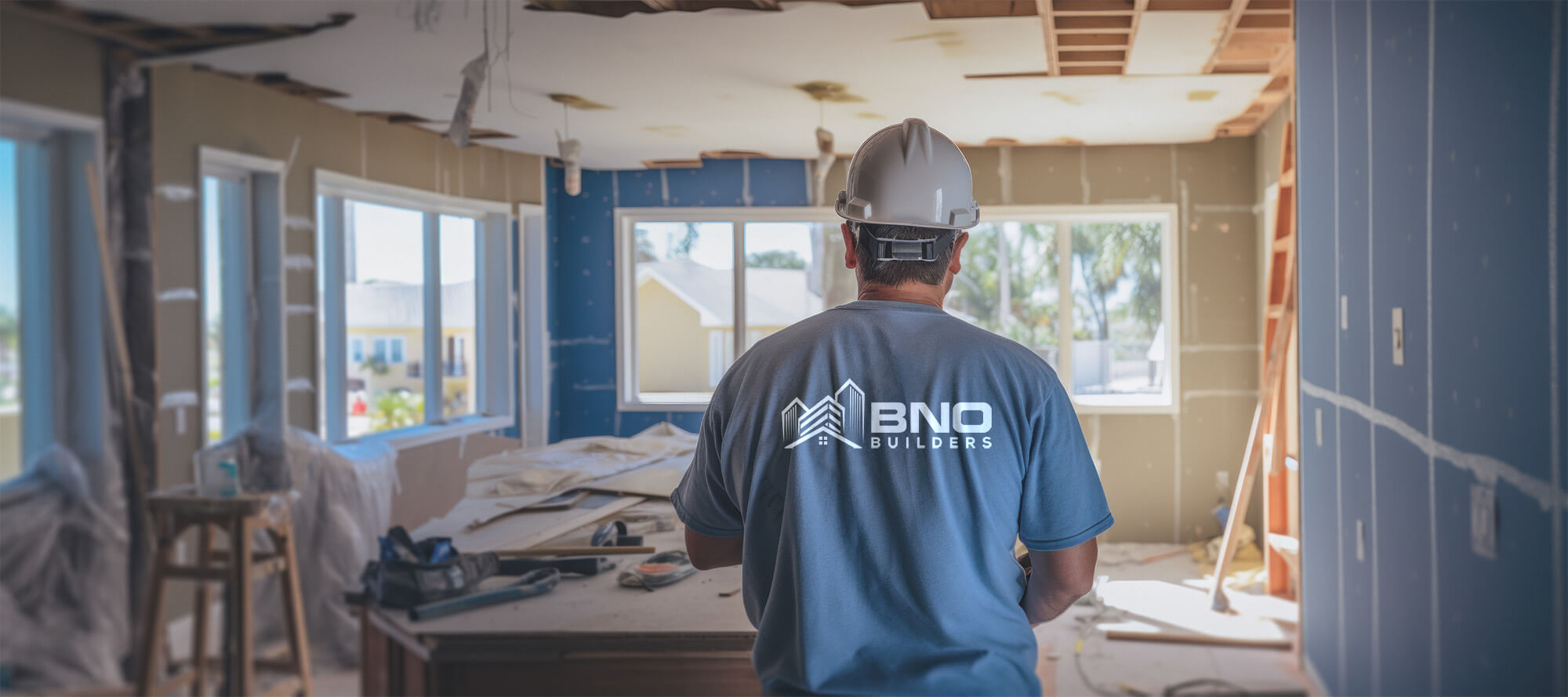
How To Stain Concrete Patio?
4 MIN READ
January 13, 2025
Staining a concrete patio is an excellent way to enhance its appearance while adding durability and resistance to the elements. Unlike paint, concrete stain penetrates the surface to create a long-lasting, natural finish that doesn’t peel or fade. Whether you’re looking for a vibrant, decorative look or a subtle, earthy tone, staining your patio can significantly upgrade your outdoor space.
- Clean Your Patio
- Check and Confirm the Surface Porosity
- Apply the Patio Stain
- Clean Up & Neutralize the Stain
- Add the Concrete Sealer
Tools & Equipment for Staining a Concrete Patio
Before starting the staining process, ensure you have the necessary tools and equipment:
- Concrete cleaner/degreaser
- Pressure washer
- Scrub brush with a long handle
- Concrete patch compound
- Grinder or sander (for surface preparation)
- Painter’s tape and plastic sheeting (for masking off areas)
- Acid or etching solution (if needed for surface prep)
- Safety gear (gloves, goggles, mask)
- Concrete stain (acid-based or water-based)
- Paint sprayer or pump sprayer
- Paint roller with an extension pole
- Paintbrush (for edges and touch-ups)
- Microfiber mop or cloth (for applying stain evenly)
- Sealer (to protect the stain)
- Paint tray
- Stir stick (for mixing stain and sealer)
Now that you have all the tools and equipment ready, let’s begin the step-by-step process of staining the concrete patio.
Step#1: Clean Your Patio
Start by thoroughly cleaning your patio to remove dirt, grease, and debris. Use a concrete cleaner or degreaser for stains and a pressure washer for deep cleaning. Pay close attention to cracks, as they can interfere with the staining process. Use a concrete patch compound to fill any gaps or damages. A clean, dry, and smooth surface is critical for ensuring the stain adheres evenly.
Step#2: Check and Confirm the Surface Porosity
To ensure the stain penetrates properly, test the patio’s porosity by sprinkling water on its surface. If the water beads up, you may need to use an acid or etching solution to roughen the surface. If the water absorbs quickly, your patio is ready for staining. This step ensures better adhesion and long-lasting results.
Step#3: Apply the Patio Stain
Mix the concrete stain thoroughly and pour it into a paint tray or sprayer. Use a pump sprayer or paint roller with an extension pole to apply the stain evenly. Begin with thin layers, ensuring no puddles or streaks. For edges and corners, use a paintbrush to maintain precision. Allow the first coat to dry completely before applying additional layers for a deeper, richer color.
Step#4 Clean Up & Neutralize the Stain
After the stain has dried, clean the surface with a damp microfiber mop to remove any residue. If you used an acid-based stain, neutralize it by washing the patio with a solution of baking soda and water. This step prevents discoloration and ensures the stain remains vibrant.
Step#5: Add the Concrete Sealer
The final step is applying a sealer to protect the stained surface from UV rays, moisture, and wear. Use a sprayer, roller, or microfiber cloth to apply the sealer evenly. Allow the sealer to cure as per the manufacturer’s instructions before using the patio. A quality sealer enhances the color and longevity of your stained patio.
Types of Concrete Stains
- Topical Concrete Stains
- Penetrating Concrete Stains
- Concrete Acid Stains
- Penetrating Stain & Sealer Combos
Topical Concrete Stains
Introduced in the early 20th century, topical stains sit on the surface and create a vibrant, glossy finish. They are ideal for decorative designs and are available in various colors. This stain is perfect for achieving a contemporary or bold aesthetic for your patio.
Penetrating Concrete Stains
Penetrating stains were developed in the mid-20th century for durability and natural aesthetics. These stains soak into the concrete and create a long-lasting, matte finish. They are perfect for homeowners who prefer subtle, earthy tones.
Concrete Acid Stains
Acid stains have been popular since the early 1900s for their ability to create a unique, marbled effect. They chemically react with the minerals in concrete, producing permanent, variegated colors. These stains are ideal for achieving a luxurious, artistic look.
Penetrating Stain & Sealer Combos
Combining stain and sealer in one application, these combos were introduced in the 2000s for convenience. They offer both color and protection in a single step, making them a great choice for DIY enthusiasts. This option provides a durable finish and reduces application time.
What Is the Best Way to Stain Your Concrete Patios
The best way to stain your concrete patio is to use a high-quality penetrating or acid-based stain combined with a protective sealer. Begin with thorough surface preparation to ensure the stain adheres properly, then apply thin, even coats for a professional finish. Always follow the manufacturer’s instructions and prioritize safety by wearing protective gear.
How Much Does It Cost to Stain A Concrete Patio?
The cost of staining a concrete patio varies depending on the size of the area, surface preparation needs, and the type of stain used. For a basic application with minimal prep and a single coat of stain and sealer, contractors typically charge between $2 and $5 per square foot. For more complex designs or premium finishes, the cost can rise significantly.